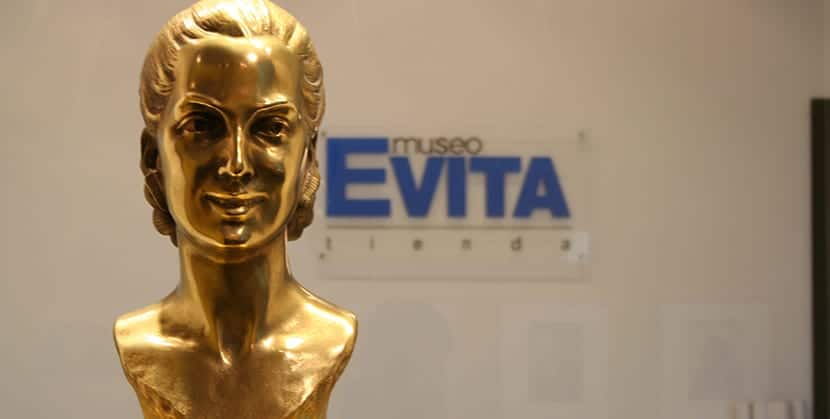
This city is known as the Queen of Silver y It is one of the cities with the greatest life and cultural richness in South America. Thanks to the change that is beneficial for tourists who arrive with euros or dollars, for some time this part has become a great tourist destination so we can start discovering some of its best museums and attractions.
El Teatro Colón, Evita Museum, Immigration Museum and Barolo Palace they are our chosen ones today. Emblems of the city, but also of the history of this very special nation in South America.
Buenos Aires
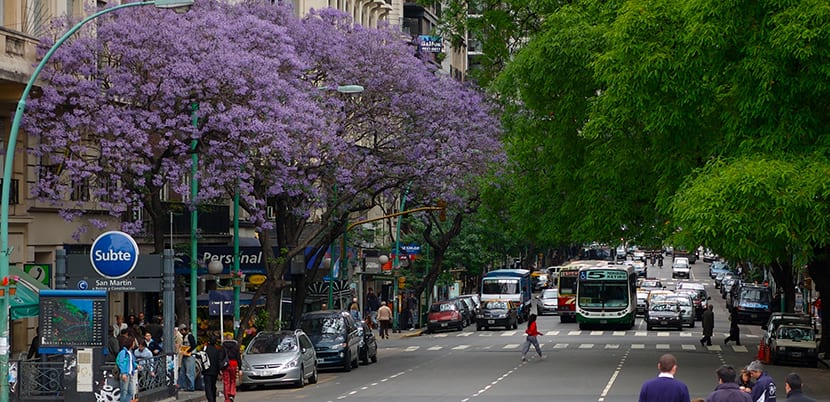
Buenos Aires has the peculiarity of not having been an important metropolis in colonial times. Lima, also in the south, was much more important to Spain than the distant and poor city on the banks of the Río de la Plata.
These lands became independent from Spain in 1816, after six years of revolts and revolutions, although the entire nineteenth century was a century of twists and turns around the model of the nation to be formed. Between the nineteenth and twentieth centuries was the peak of agricultural production and thus was born a very rich elite, people who were said to "throw butter on the roof."
There are elites that invest in the development of their country, the United States is a case, and others that do not, such the case of Argentina. Without investing in the development of the industry, sadly still today he is only concerned with what the field produces to sell abroad. The truth is that its 200 years of independence have bequeathed us these emblematic places that we will know below.
Teatro Colón
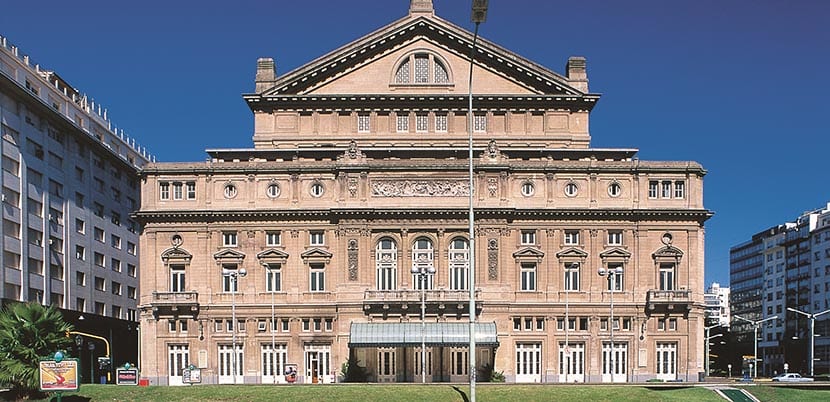
In 2008 it celebrated its first hundred years of existence. It was inaugurated on May 25, 1908 with the opera Aída and the works took about twenty years. It had three architects and the last, the Belgian Jules Dormal, was the one who printed the French style that is seen today in decoration. Later it is an eclectic building with many subsoils and extensions that were added in the '60s. Today it occupies around 58 thousand square meters.
The main room is a beauty in the shape of a horseshoe: there are boxes up to the third floor and 2478 Seats 500 standing people are added. The beautiful dome measures 318 square meters and is decorated with paintings (originally they were by Marcel Jambon but in the 30s, deteriorated, they were replaced by those of the artist Raúl Soldi).
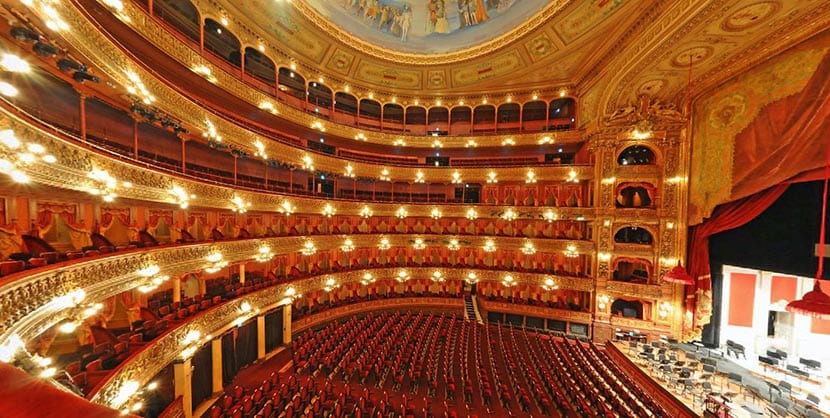
¿There are tourist visits that allow you to appreciate your inner wonder? Of course. The visits They are in groups of no more than 34 people, every day except holidays, from 9 am to 5 pm. Departures are every 15 minutes, last 50 minutes and are priced at A $ 250 for foreigners and A $ 90 for residents. Some 15 euros if you are a foreignero.
If you want to experience a show, calculate from 150 A $, 9 euros.
Evita Museum
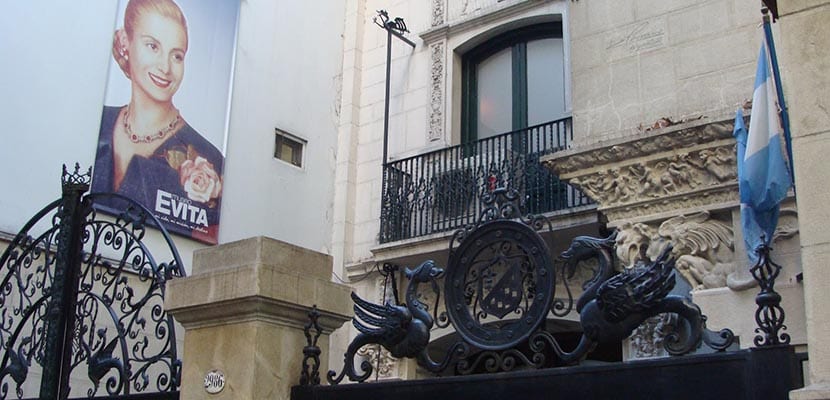
This museum has the advantage of being in a central neighborhood of the city, Barrio Norte. Perhaps it is not one of the places that tourists usually visit on foot, who usually move through San Telmo or Corrientes Street, but the museum it is in one of the most elegant neighborhoods and nothing far. In fact, it is enough to take the Line D metro in the well-known Plaza de Mayo and get off a few stations later, at the Plaza Italia station, to be a few blocks away. They also leave you numerous buses or collective.
It works in a large house that belonged to a Buenos Aires family. It is a construction of the twentieth century, in Italian and Spanish Neo-Renaissance style, which in 1948 was bought by the Eva Perón Foundation, a foundation run by the then wife of President Juan Domingo Perón, during his first term. It was a Transit Home in which single women or with children came from all over the country to treat and solve work, health or housing problems.

The museum It is located in the Lafinur street 2988, steps from Avenida Las Heras and the beautiful park of the same name. It is also close to a popular shopping avenue, Avenida Santa Fe. Open from Tuesday to Sunday from 11 am to 7 pm and closed on Mondays. Guided tours focus on the life and work of María Eva Duarte de Perón, always in its social, political, economic and cultural context.
The collection on display is viewed as a whole and not in isolation. There are documents and audiovisual productions and personal belongings of Evita. Visits are from Tuesday to Sunday in Spanish, Portuguese and English and they last around 45 minutes. At least the group must be made up of five people. All rooms include Braill systemhey there are interpreters of Sign Language. To sign up you have to visit the website and fill out a form.
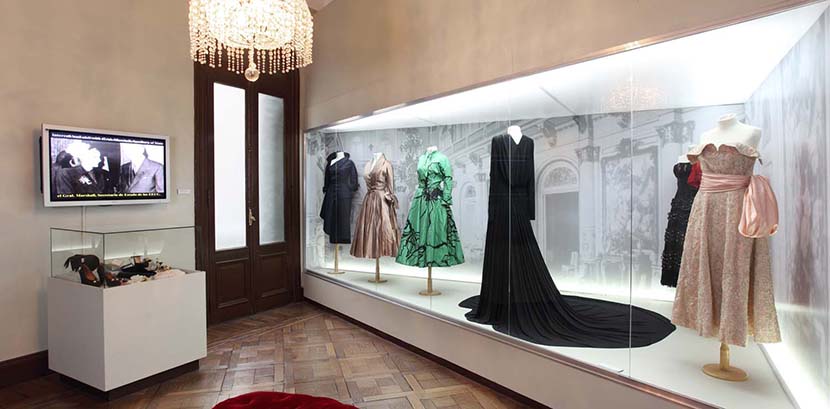
The museum has a Souvenirs Store with postcards, T-Shirts, pins, knives, books, mate bulbs, cups, Argentine cockades, pencils, key rings and reproductions of jewelry that the first Argentine lady once wore. There is also a restaurant-bar serving local dishes, a lounge and a charming patio where you can have breakfast, lunch or tea.
Immigration Museum
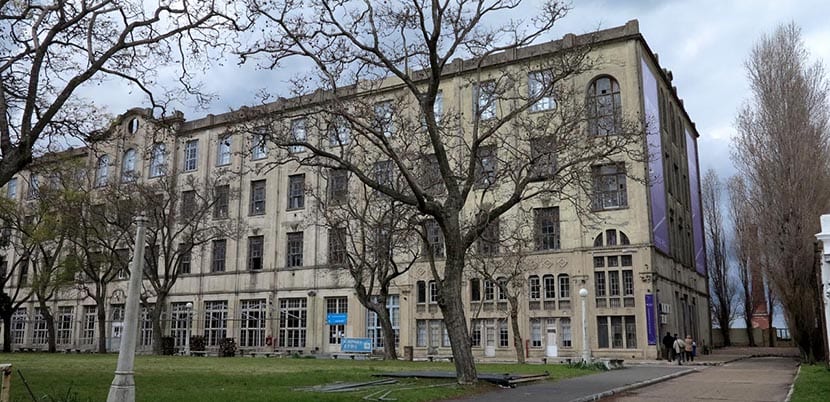
Argentina is one of the countries with the highest immigration has received on the continentand. Millions of people arrived from all over Europe between the XNUMXth and XNUMXth centuries, some escaping from poverty and others from war or religious persecution. There is a strong indigenous population in the north of the country, descendants of native peoples, and a population of immigrants that is concentrated in the humid Pampas and in the south.
The history of this immigration can be found in the Immigration Museum that works in the Old Immigrant Hotels, the complex that gave the first shelter to the millions of people who came to the country. At that time, people who got off the boats were received, they were given shelter, their health was controlled, and residence and employment were coordinated. These are precisely the axes of today's museum experience.
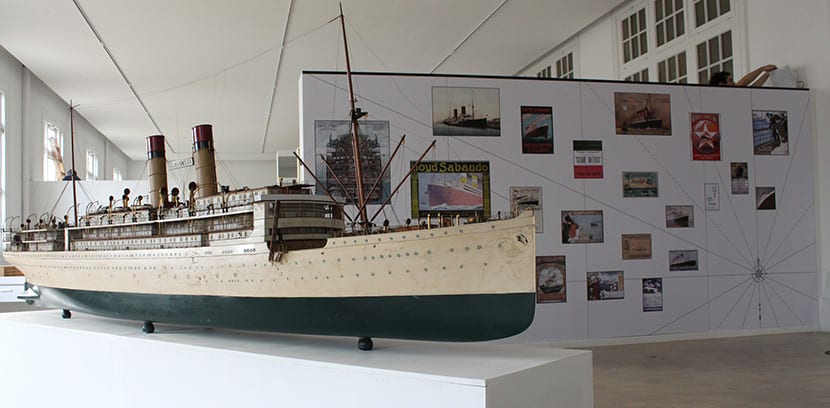
The doors of this place were opened in 2013, after renovations and works on the third floor of the old building where the bedrooms used to be. There are photographs, documents, registry books of the immigrants who arrived, films, contemporary testimonies, relics and thousands of photographs.. Traveling art exhibitions are added.
The museum open from Tuesday to Sunday from 11 am to 7 pm. Closed on Mondays, the same on holidays.
Barolo Palace

This elegant palace-building It is located on a beautiful old avenue, Avenida de Mayo. The works began in 1919 and at the time used to be the tallest building in Latin America and one of the tallest reinforced concrete in the world.
It is called Barolo because who ordered its builder was Luis Barolo, a multimillionaire agricultural producer who had come to the country in 1890. He built the building only to rent it and thinking that Europe would one day disappear under so many wars. He liked Dante Alighieri so decided to be inspired by the Divine Comedy in the construction of his debut.
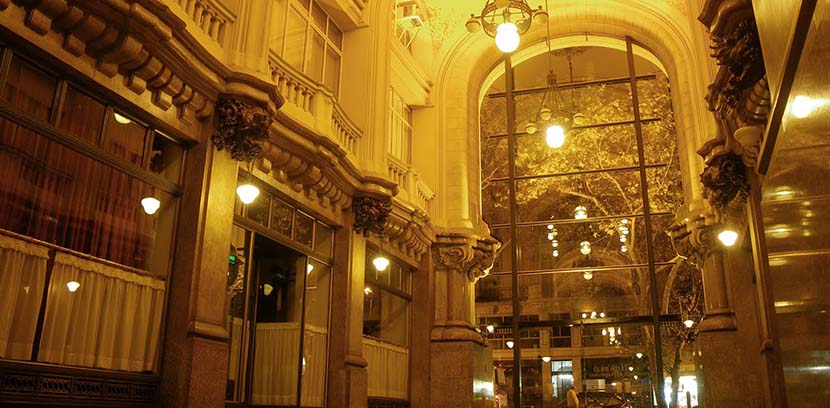
The result was this elegant building with 24 floors, 22 floors and two basements, one hundred meters high. Until the end of its dome it measures 90 meters but at 100 he has a lighthouse installed rotating with 300 thousand spark plugs that at the time made it visible from Uruguay. It had and still has its own power plant, nine elevators, two hidden, and two forklifts. The hidden elevators were used by Barolo himself to avoid crossing with his tenants.
The Palacio Barolo is a gothic building, is it romantic gothic, what is it? In principle It is a tribute to the Divine Comedia with Hell, Purgatory and Paradise because is full of references to the work, from its vaults, through the shape of its plant, its orientation with the stars, its inscriptions in Latin, the dragons and condors of the lamps.
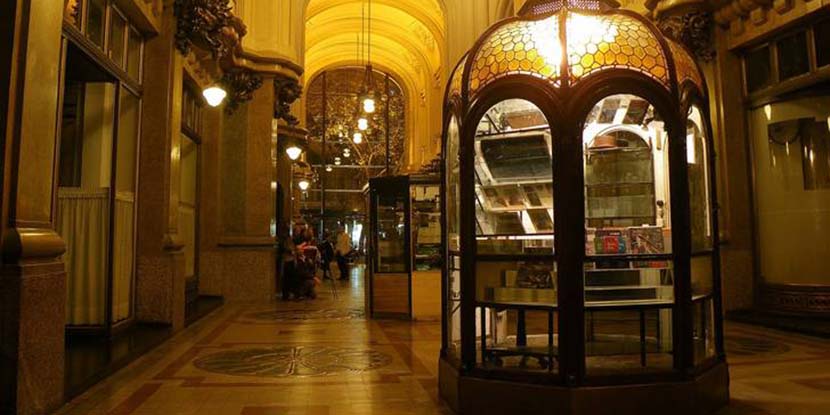
Guided tours are possible thanks to the Palacio Barolo Tours project: there are special day and night tours to learn to dance the tango inside the palace and photographic imperatives. Tango classes cost 300 A $ (18 euros), per person but 280 if the guided tour of the building is done.
The nocturnal visits are more detailed than the daytime ones and you go up to the lighthouse to contemplate the city at night, drink a glass of wine and taste local dishes. It lasts about two hours and is in Spanish and English. They also cost 300 A $ per person. For any of these guided tours, you must book at Palacio Barolo Tours.
Four unique attractions in Buenos Aires that precisely make this American capital one of the best destinations in this art in the world.